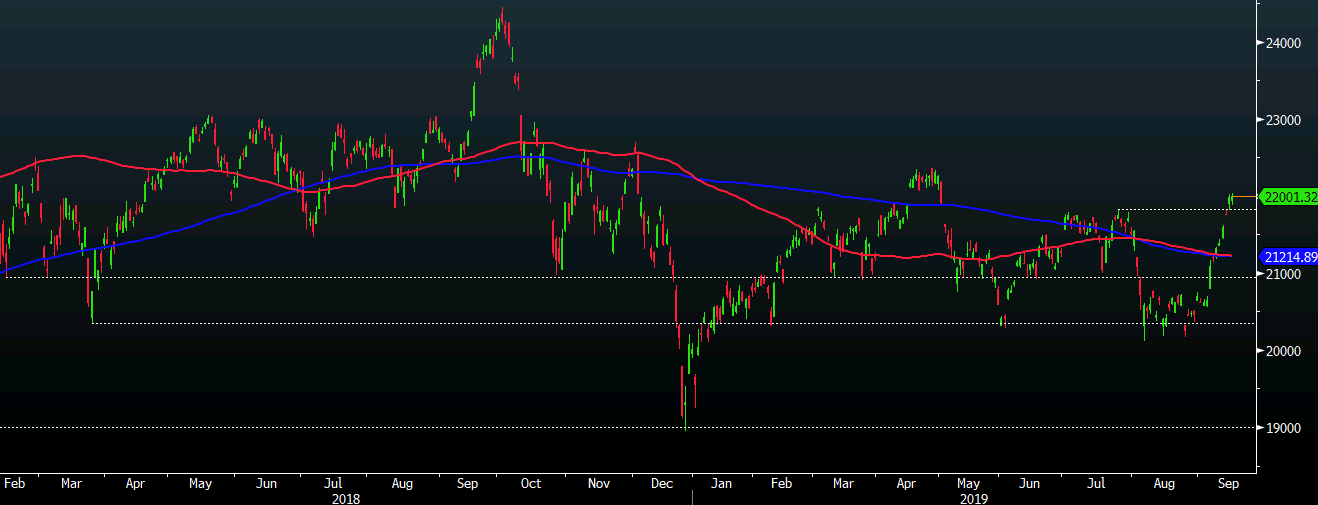
1. OPTIMISM – It all starts with a hunch or a positive outlook leading us to buy a stock.
2. EXCITEMENT – Things start moving our way and we get giddy inside. We start to anticipate and hope that a possible success story is in the making.
3. THRILL – The market continues to be favorable and we just can’t help but start to feel a little “Smart.” At this point we have complete confidence in our trading system.
4. EUPHORIA – This marks the point of maximum financial risk but also maximum financial gain. Our investments turn into quick and easy profits, so we begin to ignore the basic concept of risk. We now start trading anything that we can get our hands on to make a buck.
5. ANXIETY – Oh no – it’s turning around! The markets start to show their first signs of taking your “hard earned” gains back. But having never seen this happen, we still remain ultra greedy and think the long-term trend is higher.
6. DENIAL – The markets don’t turn as quickly as we had hoped. There must be something wrong we think to ourselves. Our “long-term” view now shortens to a near-term hope of an improvement.
7. FEAR – Reality sets in that we are not as smart as we once thought. Instead of being confident in our trading we become confused. At this point we should get out with a small profit and move on but we don’t for some stupid reason.
8. DESPERATION – All gains have been lost at this point. We had our chance to profit and missed it. Not knowing how to act, we attempt to do anything that will bring our positions back into the black.
9. PANIC – The most emotional period by far. We are clueless and helpless. At this stage we feel like we are at the mercy of the market and have absolutely no control.
10. CAPITULATION – We have reached our breaking point and sell our positions at any price. So long as we can get out of the market to avoid bigger losses we are content.
11. DESPONDENCY – After exiting the markets we do not want to buy stocks ever again. The markets are not for us and should be avoided like the plague. However, this rare point marks thepoint of maximum financial opportunity.
12. DEPRESSION – We drink, cry and/or pray. How could we have been so dumb we think to ourselves. Some start to correctly look back and analyze what went wrong. Real traders are born here, learning from past mistakes.
13. HOPE – We can still do this! Eventually we return come to the realization the market actually does have cycles (shocking). We begin to start analyzing new opportunities.
14. RELIEF – The markets are turning positive again and we see our prior investment come back around. We regain our faith (although small) in our ability to invest our money. The cycle start all over again!






